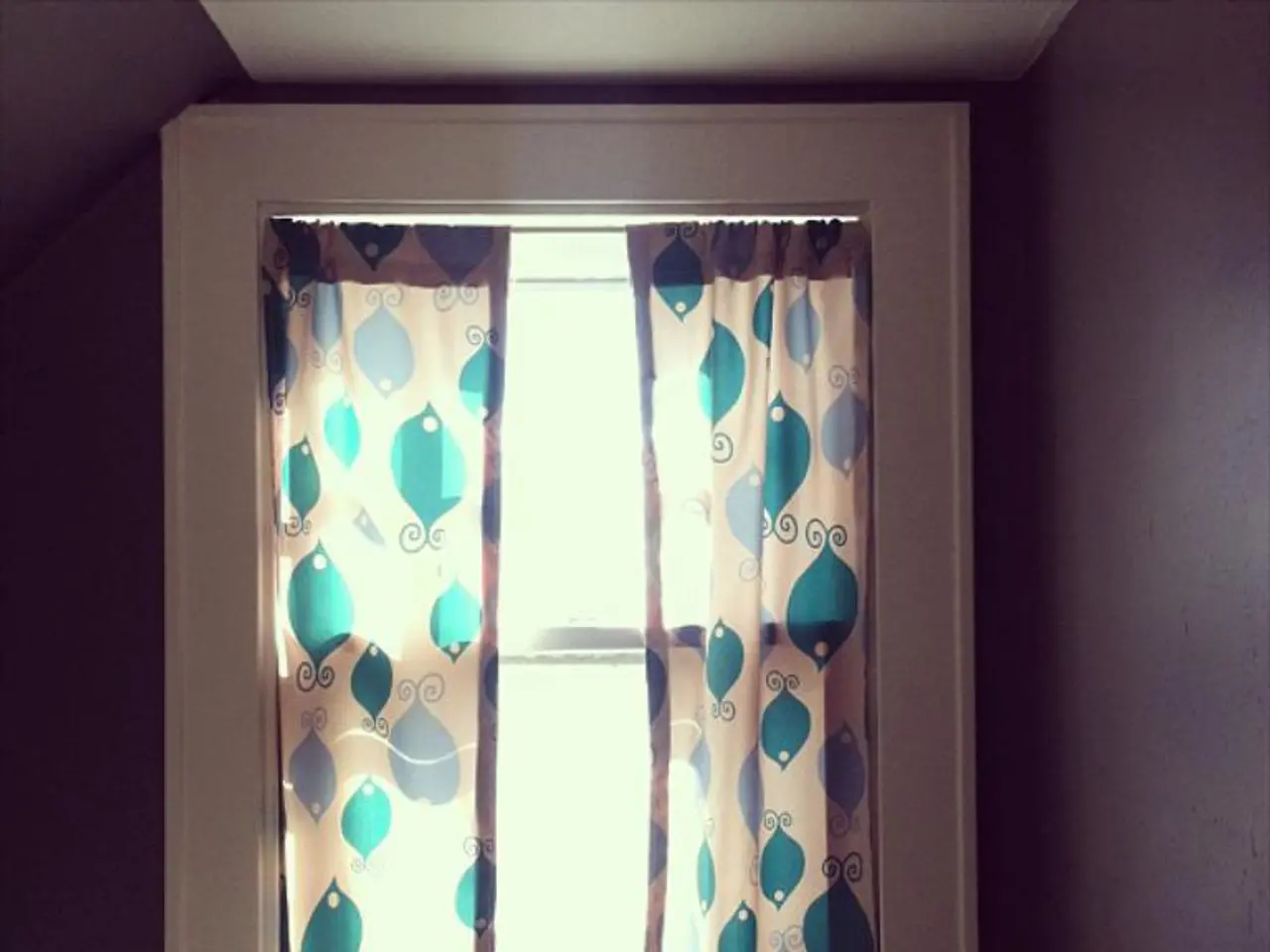Thermal Curtains: A Cozy, Cost-Effective Way to Warm Homes
Homeowners looking to reduce energy bills and make their homes warmer can benefit from thermal curtains. These innovative window treatments work similarly to a winter coat, trapping heat and controlling room temperature. They are particularly useful in conservation areas or listed apartments where air leaks can be eliminated.
Thermal curtains are made up of multiple layers of different materials, typically at least three thick layers. This design helps to reduce heat loss by 15 to 17 percent, according to a study by Salford University. One option is thermal blinds, which use honey-comb pockets to trap air and conserve heat. When selecting thermal curtains, it's important to invest in the correct material and fabric for optimal results. They are easy to install and come in various styles to match home decor and interiors.
When choosing thermal panels, several factors should be considered to ensure they are efficient and valuable. Key factors include the heat transfer coefficient (K-value), material and density, impact resistance and durability, moisture resistance, cost-benefit analysis, environmental friendliness and sustainability, certifications and standards, and adaptability and flexibility. By considering these criteria, homeowners can ensure their chosen thermal panels are efficient, durable, and provide long-term value.
Thermal curtains and panels are an effective way to reduce energy bills and make homes warmer. With careful selection based on key factors, homeowners can ensure they make the best choice for their needs. It's recommended to conduct a detailed study before purchasing to ensure the best results.








